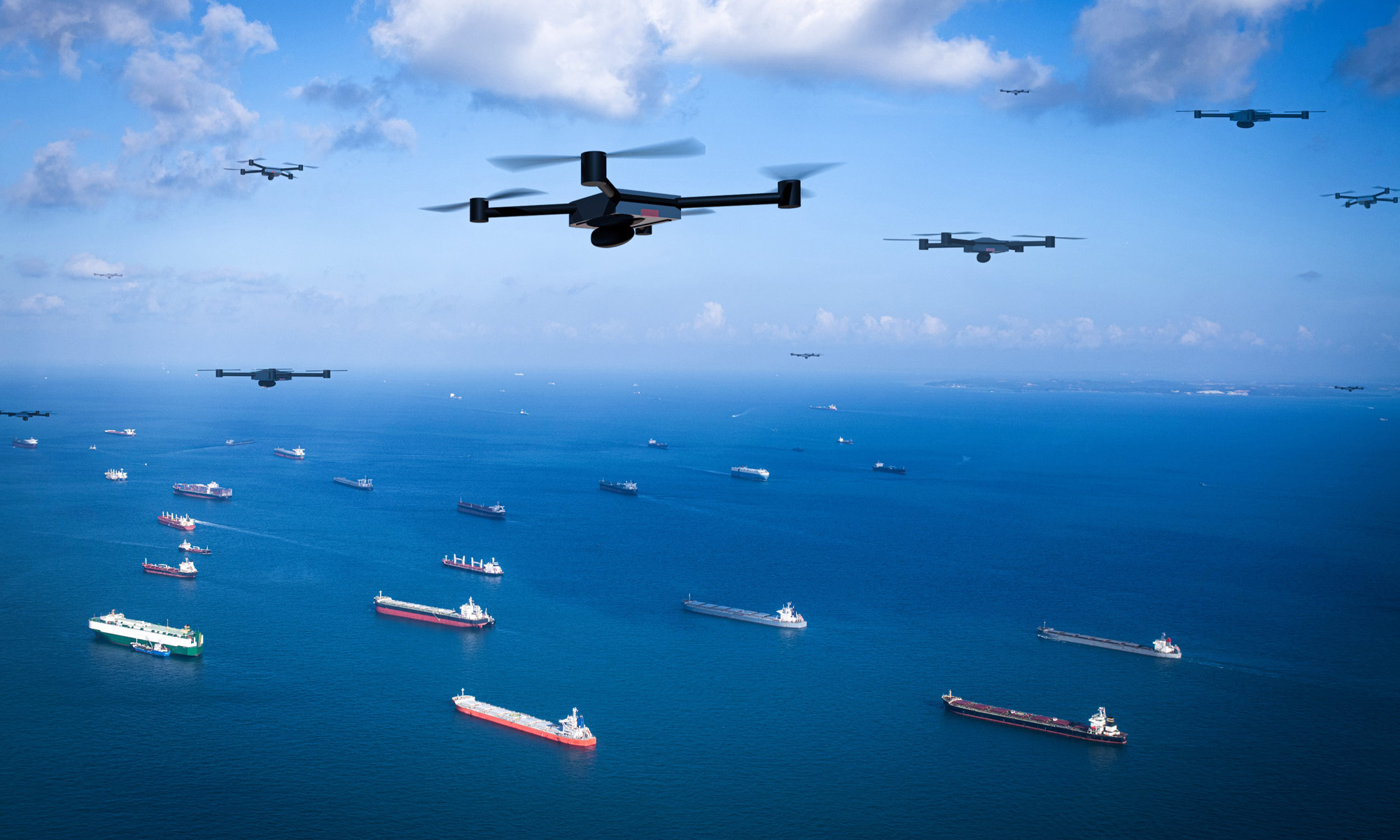News
Robot UAVs Set To Revolutionize Abu Dhabi Maritime Patrols
In a few weeks, robotics experts will compete to create the best autonomous drone to detect criminals along Abu Dhabi’s coastline.

This year, the Mohammed bin Zayed International Robotics Challenge (MBZIRC) Maritime Grand Challenge will pit five elite teams of robotics specialists against one another in the ultimate showdown.
Handpicked from a pool of 52 contenders, the scientists will gather on Yas Island, Abu Dhabi, to solve real-world maritime issues, encompassing problems like illicit fishing, smuggling, and human trafficking, all through the deployment of autonomous drones. Launched in 2017 by Khalifa University, the competition is jointly hosted by ASPIRE and Abu Dhabi’s Advanced Technology Research Council (ATRC).
The scientists’ missions will include tasks such as autonomous target inspection and identification aboard vessels without relying on GPS, object retrieval via drones, and seamless collaboration between UAVs and robotic manipulators.
Professor Lakmal Seneviratne, Director of the Centre for Autonomous Robotic Systems (KUCARS) at Khalifa University, remarked, “We can train our robots and AI to do many things in a very controlled environment,” adding, “For example, factory automation has been around since the 1980s in highly controlled environments. But when you go out into the real world, the uncertainty is huge. So the adaptability and algorithms of our robots are the key aspects to look at in this challenge”.
Also Read: Saudi Arabia Plans Huge Adventure Tourism Oil Rig Facility
Dr. Irfan Hussain, team leader of Fly Eagle, one of the finalists, explained that adaptability will be crucial to win the contest. “They have only a few days to adapt to the environment here, and many parameters are still unknown until the day of the challenge,” says Dr. Hussain. “So their algorithms and their approach need to be robust enough to complete the task regardless of the conditions”.
The unpredictability of the scenarios mirror real-world conditions at sea, where turbulent weather could hamper the missions of autonomous drones tasked with detecting illicit vessels, and GPS signals might also falter in such circumstances.
Come the first week of February, the five finalists will vie for a coveted first-place prize of $2 million to bring their groundbreaking innovations to production.
News
Google Releases Veo 2 AI Video Tool To MENA Users
The state-of-the-art video generation model is now available in Gemini, offering realistic AI-generated videos with better physics, motion, and detail.

Starting today, users of Gemini Advanced in the MENA region — and globally — can tap into Veo 2, Google’s next-generation video model.
Originally unveiled in 2024, Veo 2 has now been fully integrated into Gemini, supporting multiple languages including Arabic and English. The rollout now brings Google’s most advanced video AI directly into the hands of everyday users.
Veo 2 builds on the foundations of its predecessor with a more sophisticated understanding of the physical world. It’s designed to produce high-fidelity video content with cinematic detail, realistic motion, and greater visual consistency across a wide range of subjects and styles. Whether recreating natural landscapes, human interactions, or stylized environments, the model is capable of interpreting and translating written prompts into eight-second 720p videos that feel almost handcrafted.
Users can generate content directly through the Gemini platform — either via the web or mobile apps. The experience is pretty straightforward: users enter a text-based prompt, and Veo 2 returns a video in 16:9 landscape format, delivered as an MP4 file. These aren’t just generic clips — they can reflect creative, abstract, or highly specific scenarios, making the tool especially useful for content creators, marketers, or anyone experimenting with visual storytelling.
Also Read: Getting Started With Google Gemini: A Beginner’s Guide
To ensure transparency, each video is embedded with SynthID — a digital watermark developed by Google’s DeepMind. The watermark is invisible to the human eye but persists across editing, compression, and sharing. It identifies the video as AI-generated, addressing concerns around misinformation and media authenticity.
While Veo 2 is still in its early phases of public rollout, the technology is part of a broader push by Google to democratize advanced AI tools. With text-to-image, code generation, and now video creation integrated into Gemini, Google is positioning the platform as a full-spectrum creative assistant.
Access to Veo 2 starts today and will continue expanding in the coming weeks. Interested users can try it out at gemini.google.com or through the Gemini app on Android and iOS.





















